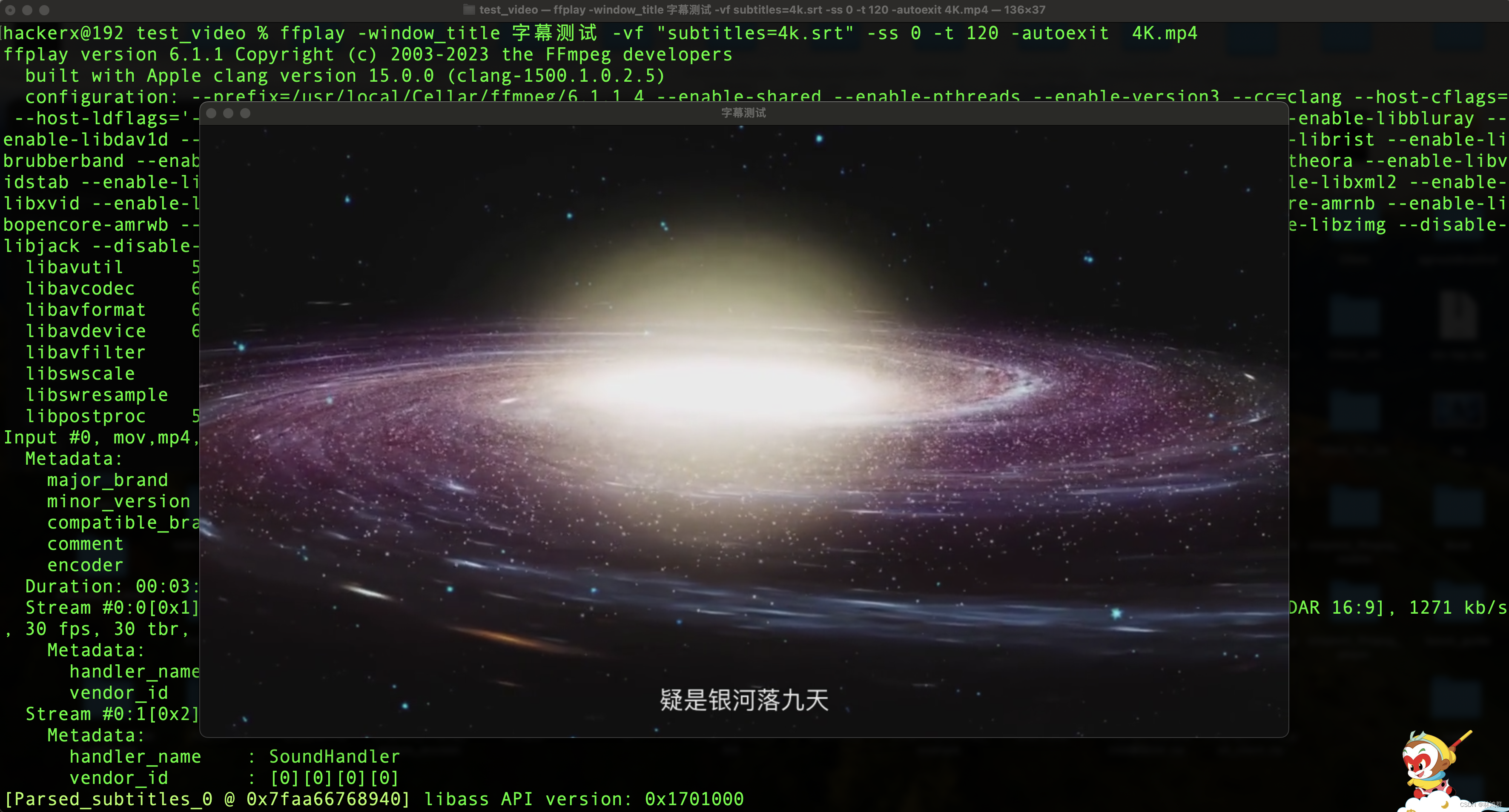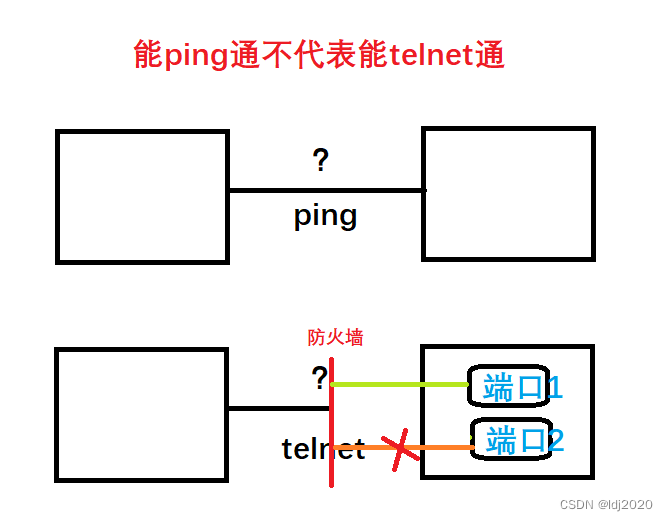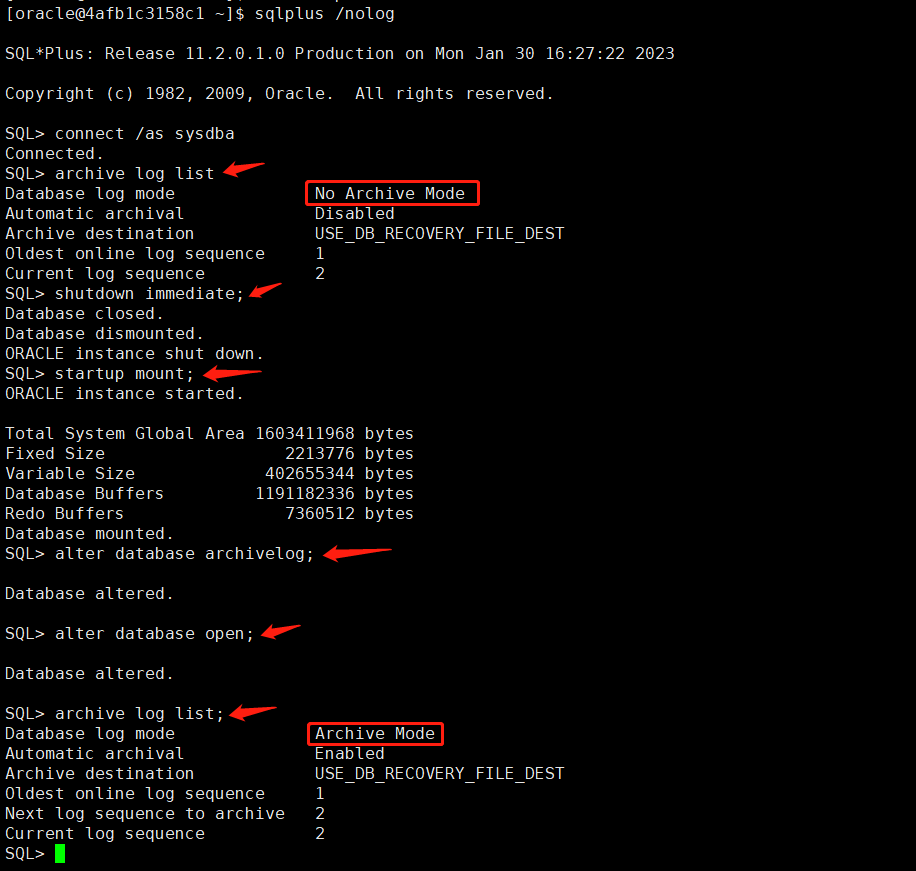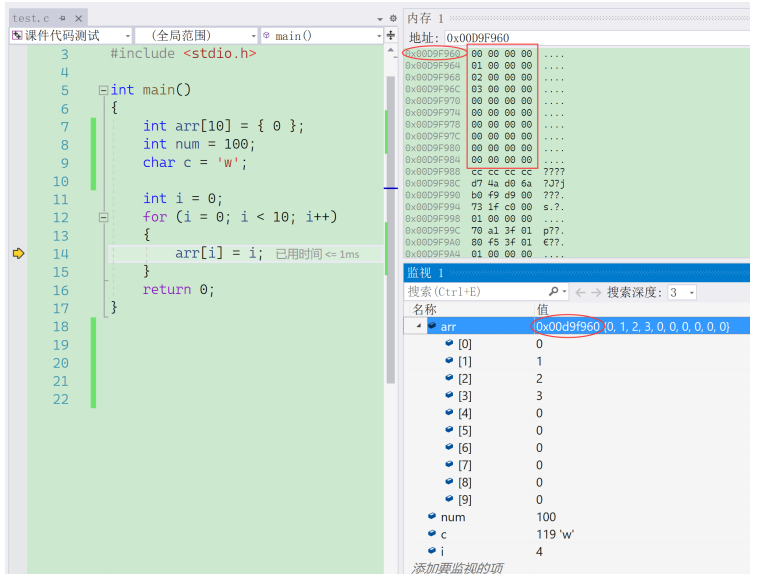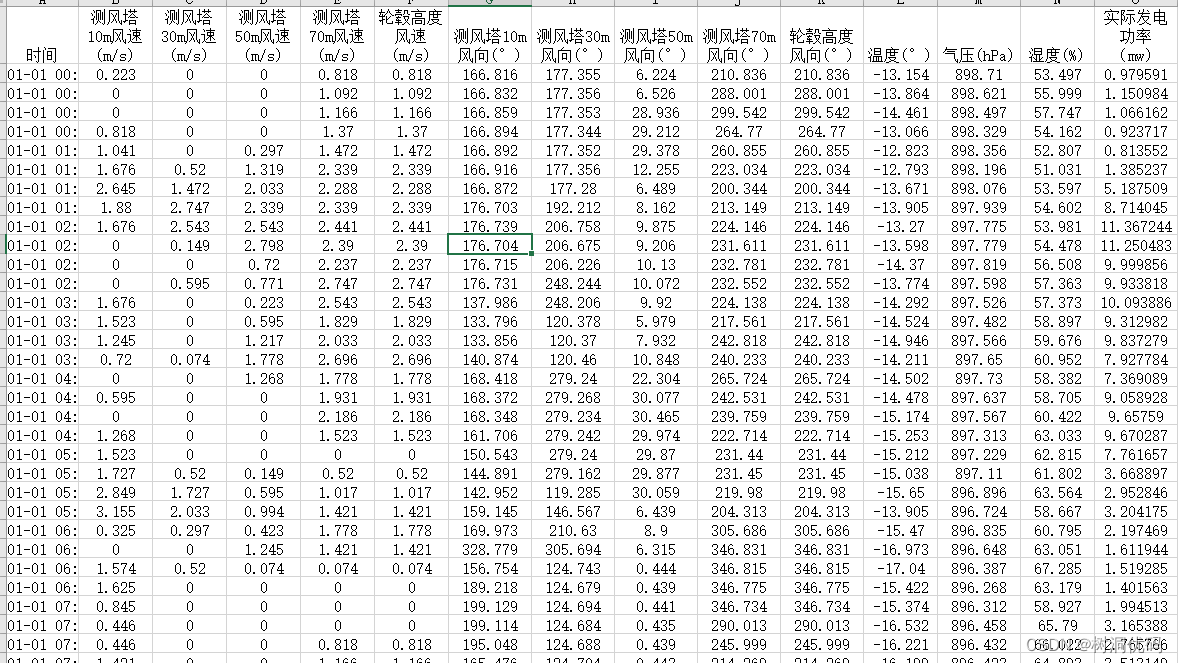一、题目
将两个升序链表合并为一个新的 升序 链表并返回。新链表是通过拼接给定的两个链表的所有节点组成的。
示例 1:
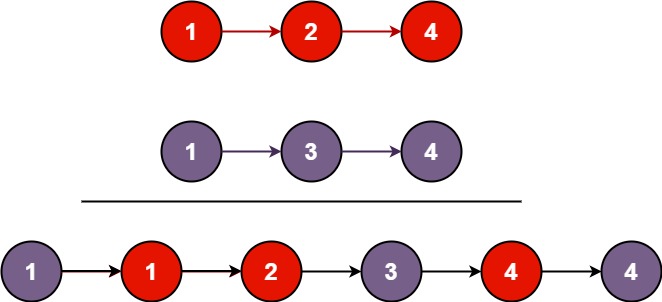
输入:l1 = [1,2,4], l2 = [1,3,4] 输出:[1,1,2,3,4,4]
示例 2:
输入:l1 = [], l2 = [] 输出:[]
示例 3:
输入:l1 = [], l2 = [0] 输出:[0]
提示:
- 两个链表的节点数目范围是
[0, 50] -100 <= Node.val <= 100l1和l2均按 非递减顺序 排列
二、思路
1.类比数组的合并,遍历两个链表所有节点。
2.建立tail指针与newhead指针,完成节点“插入”
三、代码
struct ListNode* mergeTwoLists(struct ListNode* list1, struct ListNode* list2) {
//链表本身就可能为空!!! 一定不可省略!!!
if(list1 == NULL)
return list2;
else if(list2 == NULL)
return list1;
struct ListNode* cur1 = list1;
struct ListNode* cur2 = list2;
struct ListNode* newhead = NULL;
struct ListNode* tail = NULL;
while(cur1 && cur2){
if(cur1->val <= cur2->val){
if(newhead == NULL)
{
newhead = tail = cur1;
}
else
{
tail->next = cur1;
tail = tail->next;
}
cur1 = cur1->next;
}
else
{
if(newhead == NULL)
{
newhead = tail = cur2;
}
else
{
tail->next = cur2;
tail = tail->next;
}
cur2 = cur2->next;
}
}
//跳出循环,意味着某个链表结束
if(cur2) //cur1 为空,cur2不能为空!
tail->next = cur2;
else if(cur1)
tail->next = cur1;
return newhead;
}四、注意点
1.跳出循环,一定意味着某个链表结束
2.if(cur2) //如果cur2不会空
要去判断谁不为空,而不是谁为空!
3.tail指针是尾插新链表的尾节点,在逻辑上,tail指针落后于 或者 齐平于cur指针!
五、注:
若想更深入了解尾插的应用及内涵,见此链接
用尾插的思想实现移除链表中的元素-CSDN博客

![[C语言]——VS实用调用技巧](https://img-blog.csdnimg.cn/direct/632994f667e046c8add69bc3713f9ad1.png)

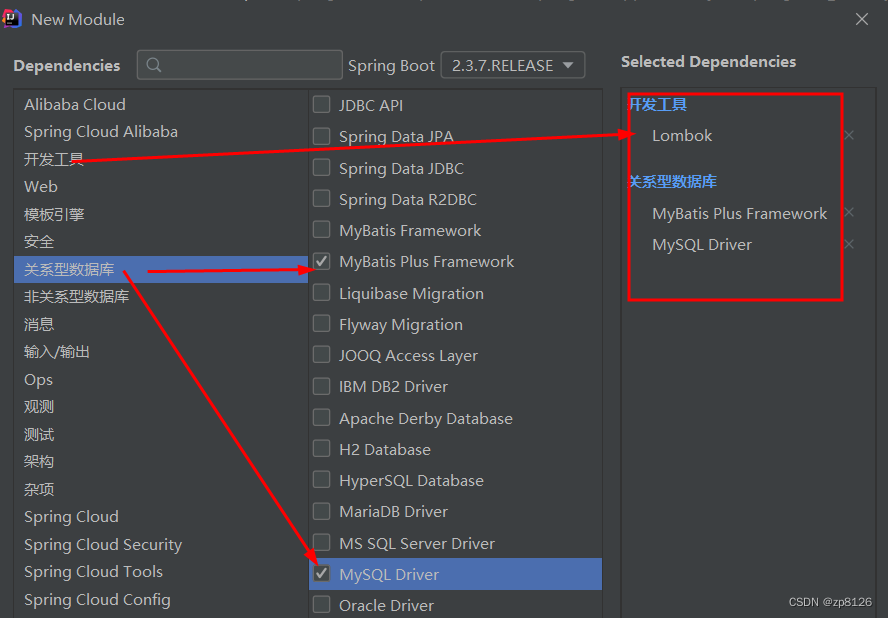

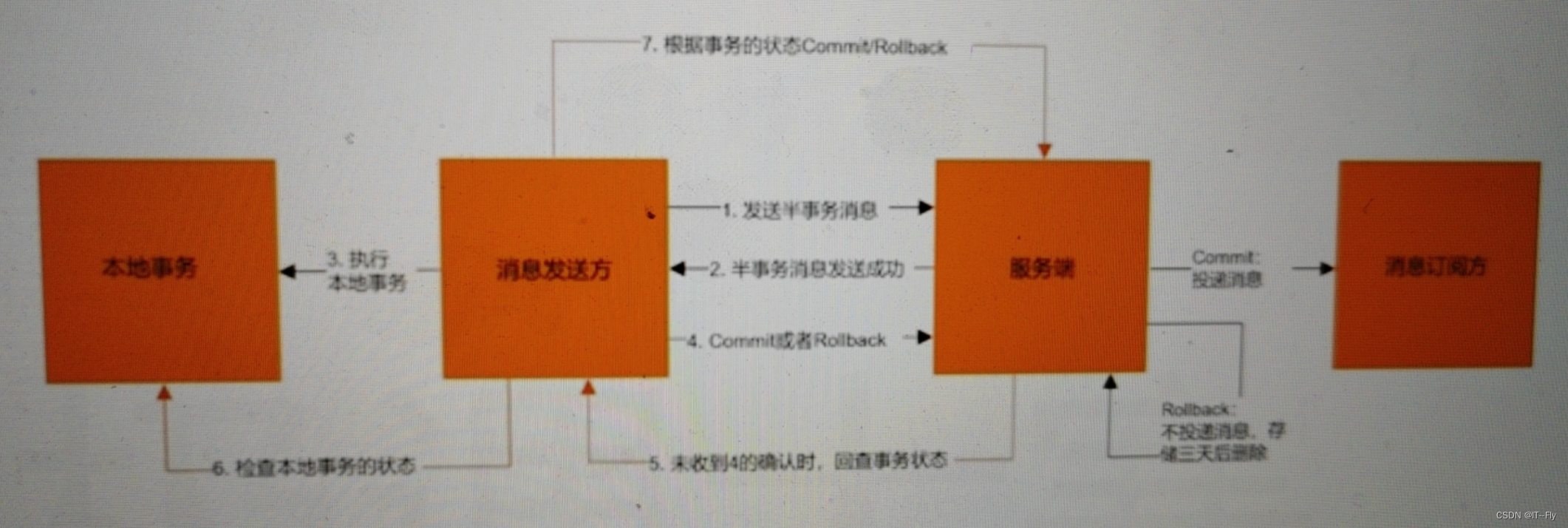

![LeetCode每日一题[C++]-310.最小高度树](https://img-blog.csdnimg.cn/direct/8ec62416e61f43539bf0e080ced67299.png)
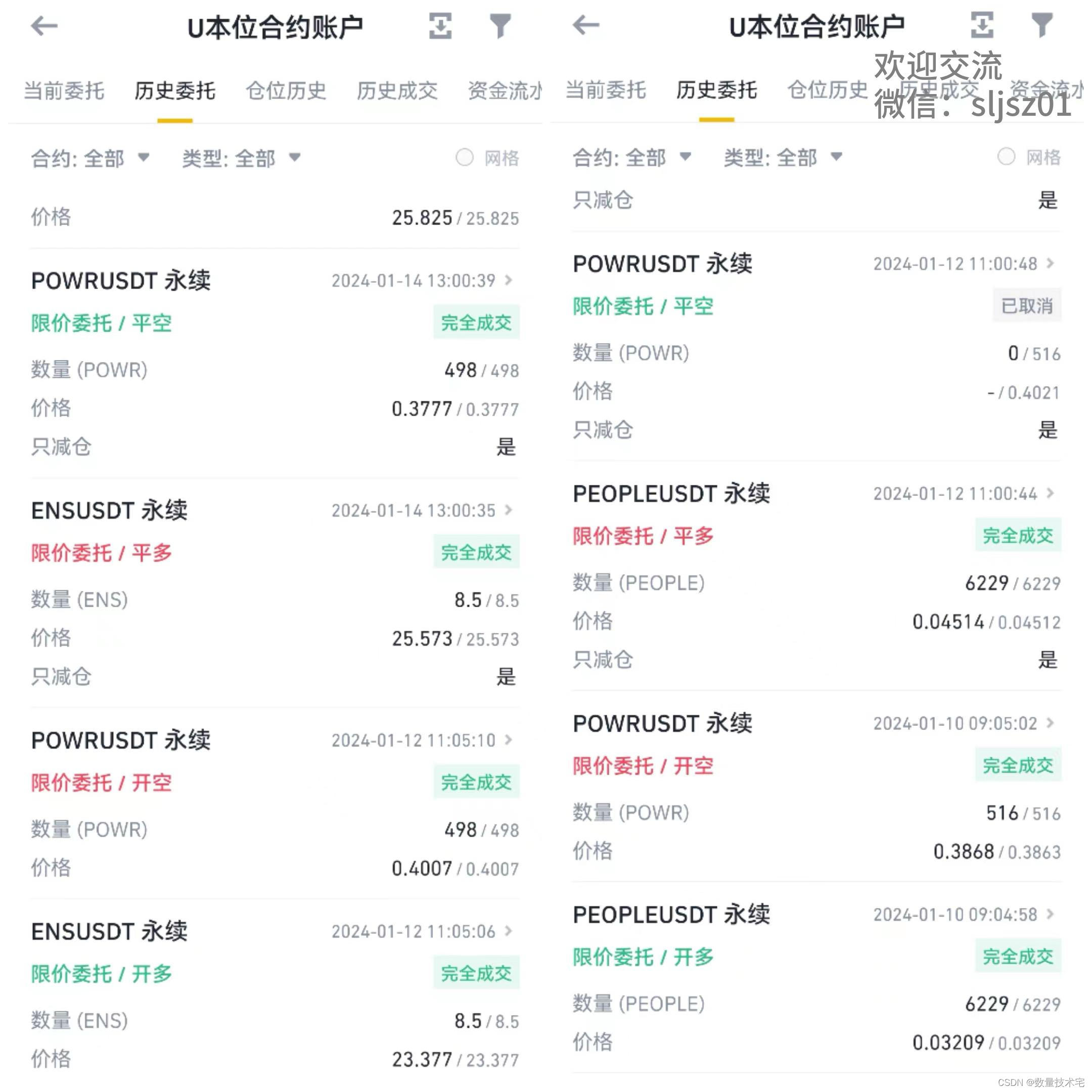
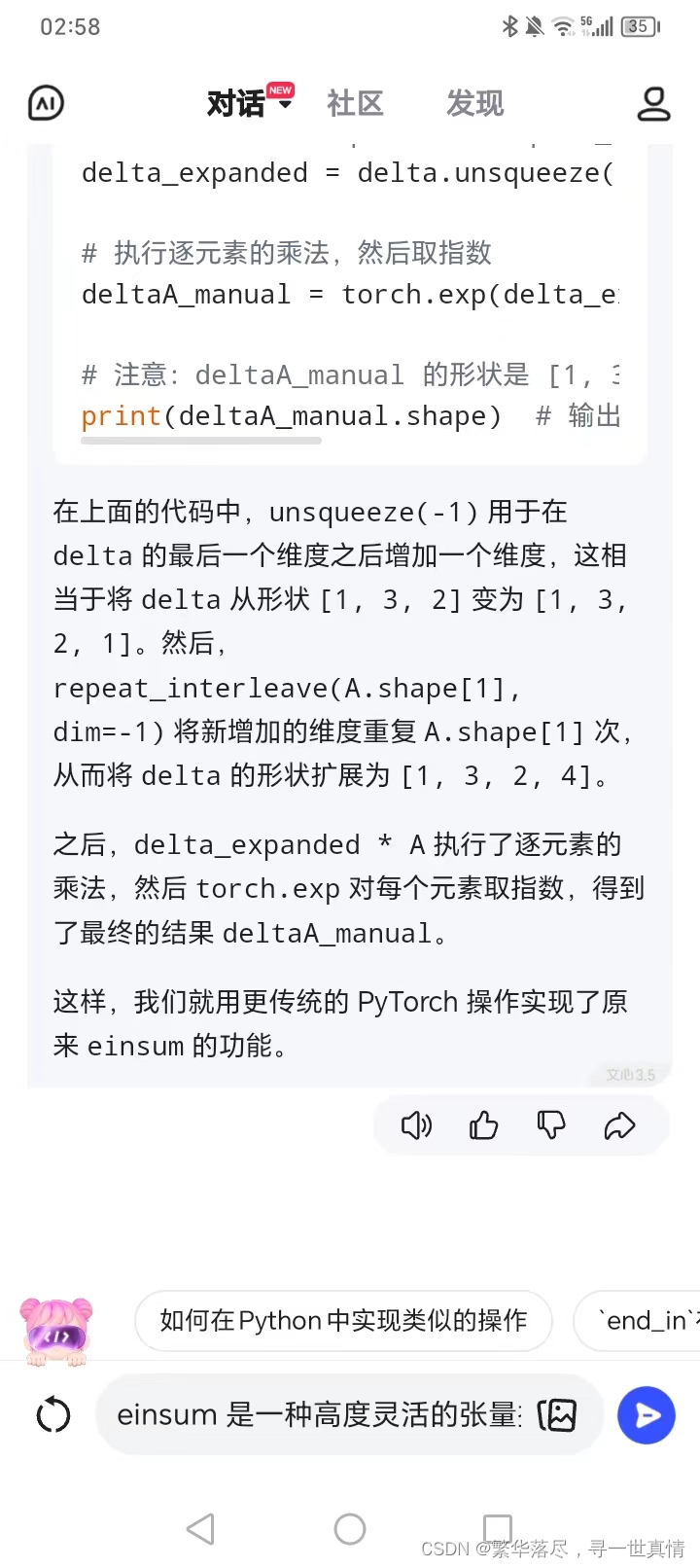


![[论文精读]Dynamic Coarse-to-Fine Learning for Oriented Tiny Object Detection](https://img-blog.csdnimg.cn/direct/ec39acd9a60c45a9a09b7beeb2f62882.png)

